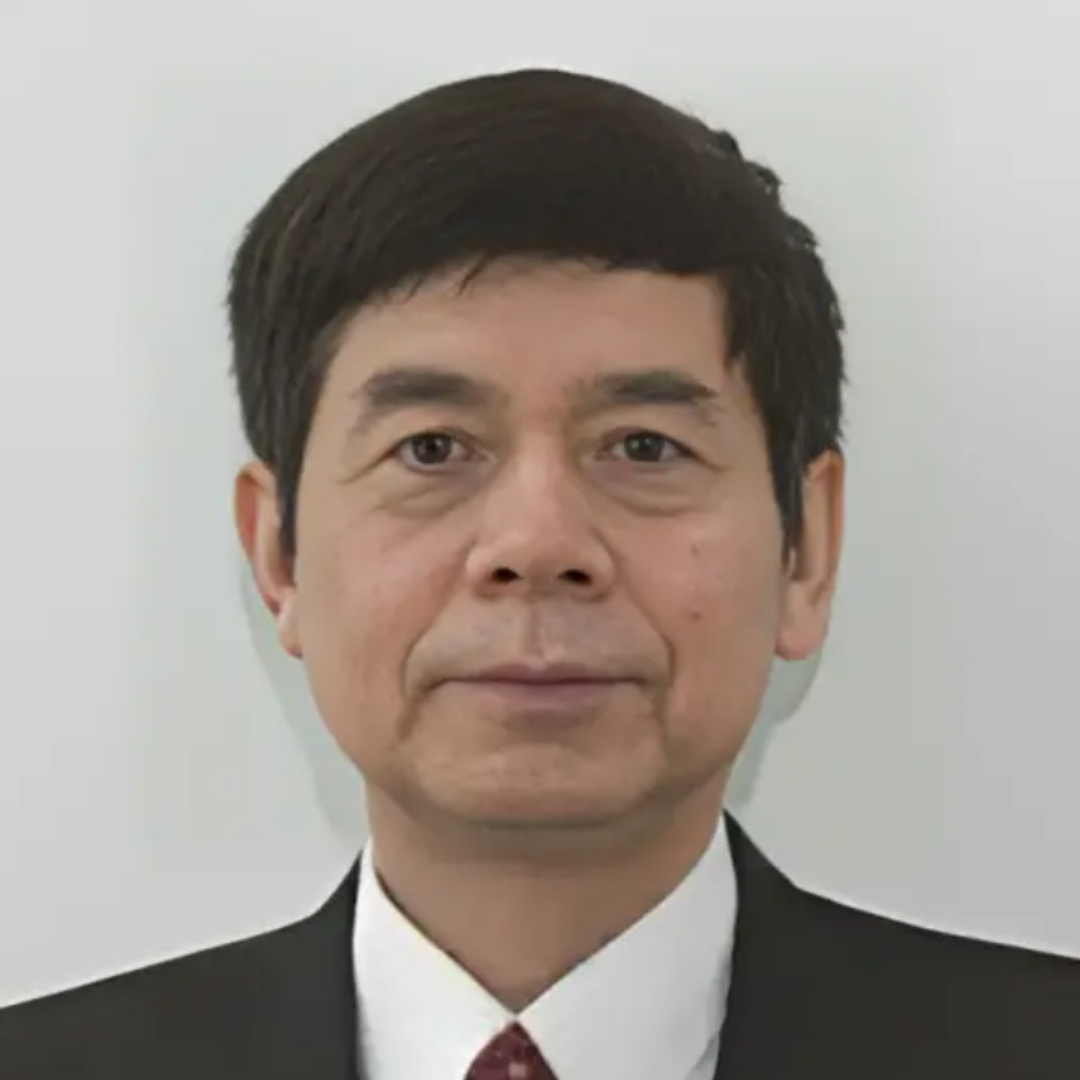Institute of Mechanics, Chinese Academy of Sciences, China
Brief Biography:
Zonglin Jiang is a professor from the Institute of Mechanics, Chinese Academy of Sciences and graduated from the Department of Mechanics, Peking University, and has engaged in gas dynamics research since then. Zonglin Jiang has won the AIAA 2016 Ground Test Award, received the a Distinguished Fellow of the International Shock Wave Institute in 2021, authored about 300 refereed papers and published two academic monographs, including "Gaseous Detonation Physics and Its Universal Framework Theory" by Springer and "Theories and Technologies of Hypersonic Shock Tunnels" by Cambridge University Press.
Speech Title:
Critical Condition for Stable Oblique Detonation for Hypersonic Propulsion
Abstract:
Standing oblique detonation is a unique pressure-gain combustion phenomenon for hypersonic ramjet propulsion, and its research has been related with supersonic combustion in scramjet engines since its births, for example, absent treatment in its early stage and re-consideration in recent decades. Standing oblique detonations and supersonic combustion share the same features of supersonic chemically-reacting flows, and can be considered as different flow stages in its development. Combustion instability in a chemically-reacting flow is reviewed first to identify its fundamental mechanisms, and the upstream-propagating shock wave is identified as one of the most important intrinsic characteristics and taken as the key problem for developing hypersonic ramjet propulsion. Three critical conditions for the standing oblique detonation are proposed as a theoretical base for standing oblique detonation ramjet engines. The first critical condition is the maximum heat that can drive local flow states from supersonic to sonic after combustion. The second one is the critical inflow Mach number of combustors, at which supersonic combustion will transform from instable to stable at full equivalent ratio. The last is the critical wedge angle above which a standing oblique detonation can be initiated. The three critical conditions are discussed in detail and verified with numerical simulations and wind tunnel experiments. In conclusion, the stable operation of hypersonic ramjet propulsion is a critical issue to approach its engineering application, and the standing oblique detonation ramjet engine is recommended as a promising candidate, deserving more attention in the future.
